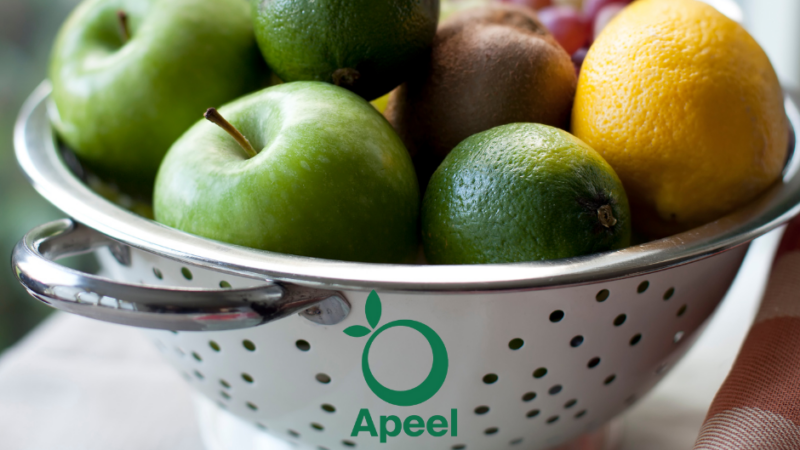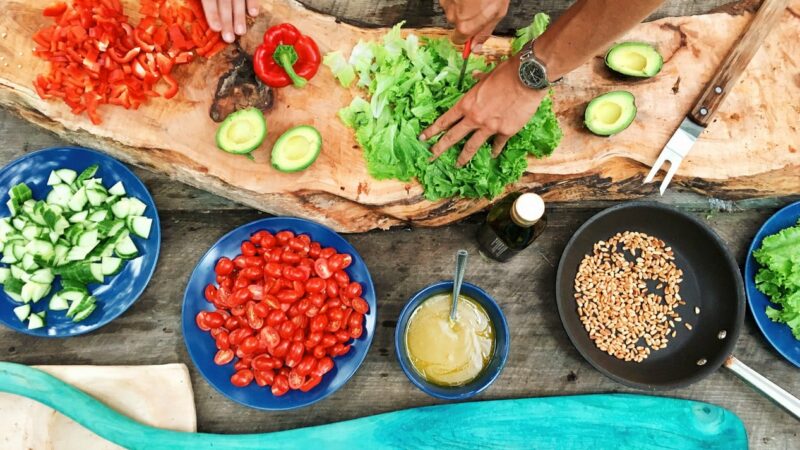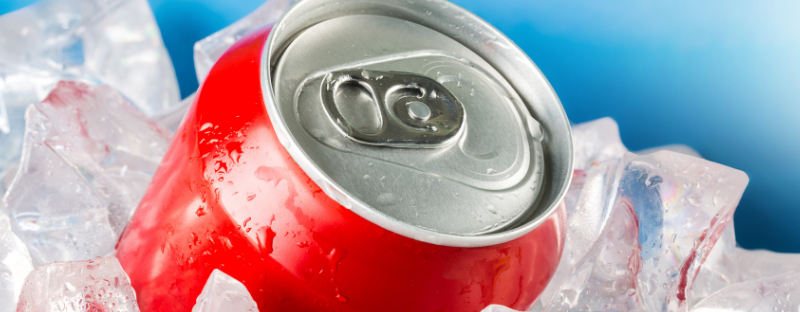How Does Your Garden Grow?
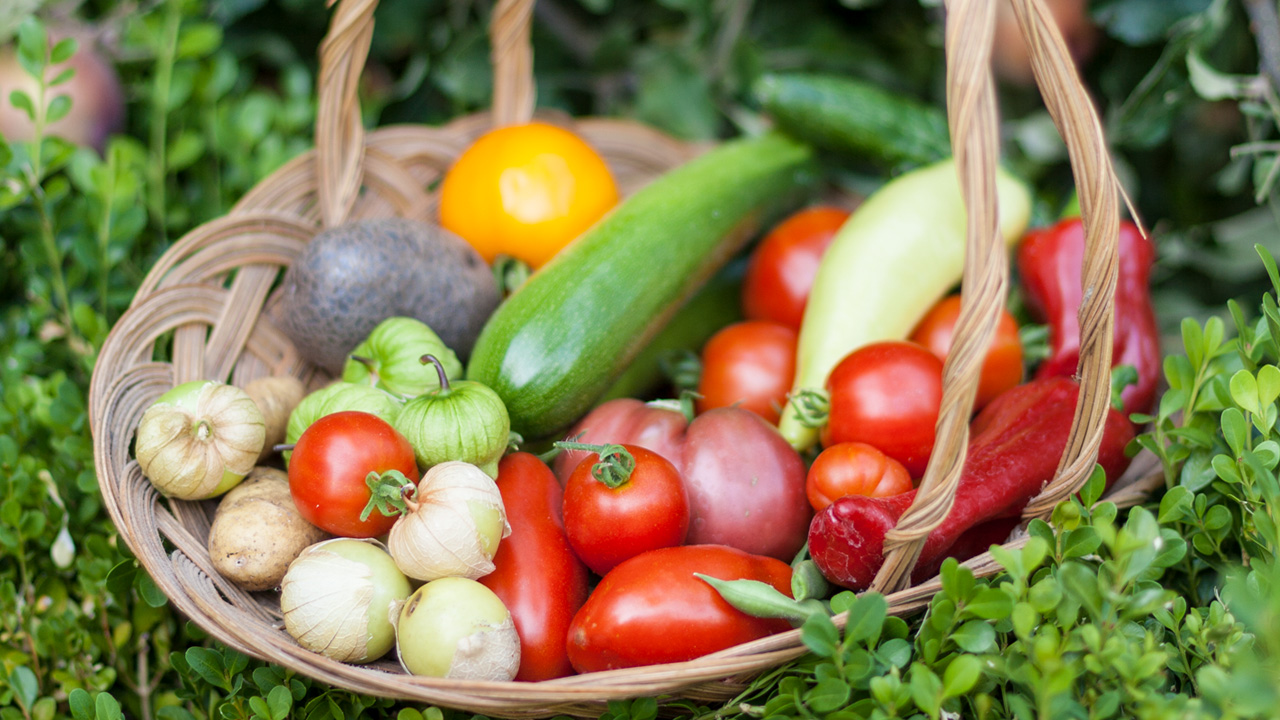
By Suzanne at GrowOrganic.com on July 31, 2017
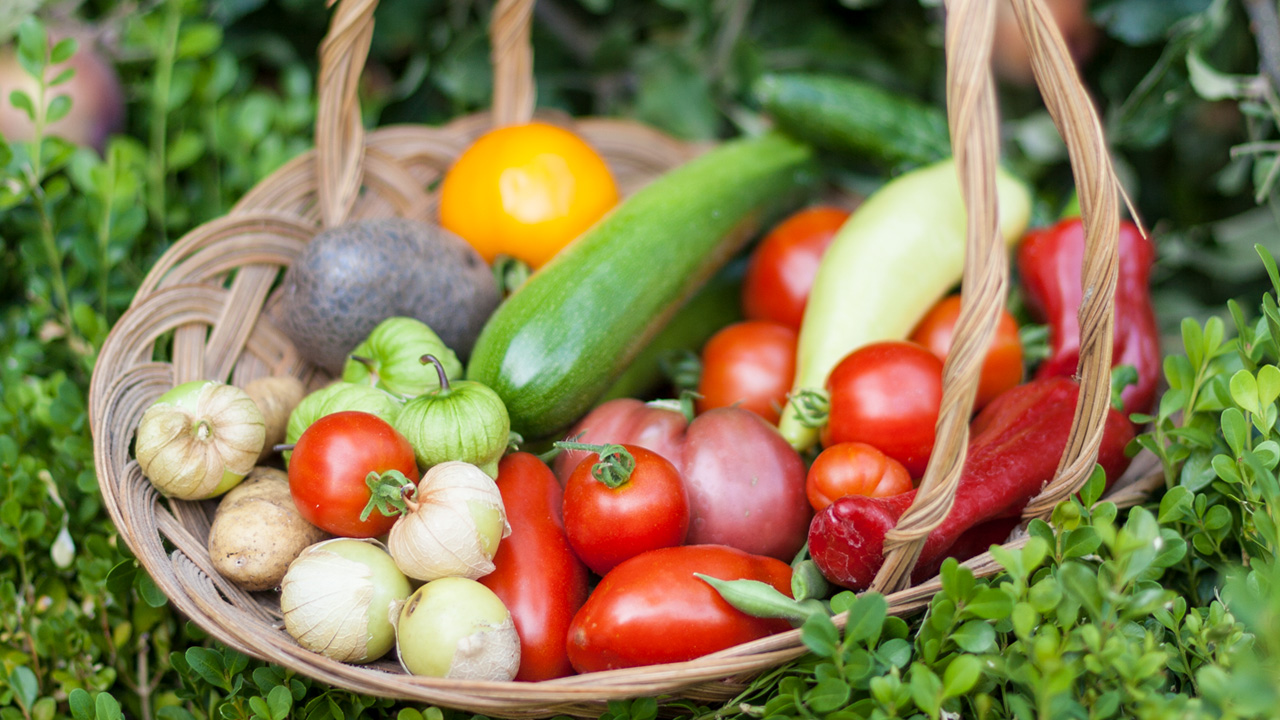
Yummy summer veggies waiting for the table
The dog days of summer are here! The garden is in full swing and the squash, beans, tomatoes, peppers and more overflowing our harvest basket. Here is a handy list to help you through the month of August and prepare for the fall and winter garden. Tricia shows you what she is doing in her garden in our video, August Gardening Checklist.
1. Keep up on the Harvest
Your garden does not take a vacation when you do. If you are leaving for an extended vacation, make sure that someone comes over and harvests your cucumbers, summer squash, and fresh snap beans. They will stop or slow down on new fruit production if not picked regularly. If you have too many cucumbers, make some pickles. If you are not into canning, then refrigerator pickles are easy, quick and require no canning. Check out recipes for a refrigerator pickles at our blog site under Recipes and Preserving.
2. Check Your Fruit Trees
August is a month for fresh fruit like peaches, plums, pluots, apricots and nectarines. Pick your fruit at the peak of ripeness. Peaches will smell, well like a peach, they will give slightly when squeezed and no longer have any green undertones. Same holds true for nectarines, except they will smell like a nectarine. Ripe plums and pluots will have a sweet, fruity smell and give slightly when squeezed.
If you have more fruit than you can eat, think about preserving them by freezing, making jams, jelly or compotes.
3. Seed a New Lawn or Fix Bare Spots
Now through September is a good time to seed new lawns or fix any bare spots in the existing lawn. Watch our video, Organic Lawn Care for helpful information on caring for your lawn and reseeding it.
4. Check Your Irrigation Lines for Leaks
August is a hot month and the garden still needs regular watering. Check your irrigation lines for leaks, rodent damage or low flow due to clogs or kinks.
5. Pinch off Flowers from Your Herbs
Keep the flowers pinched off your herb plants to encourage more growth. It is especially important to remove the flowers from your basil plants. This will encourage bushier plants which will translate into more leaves for making pesto or to use fresh or dried.
6. Remove Squash Flowers
If you want less fruit but bigger winter squash or pumpkins, remove any new female flowers and new fruit.
7. Prune the Tall Blackberry Canes
Continue pruning the tall primocanes of your blackberries (this encourages lateral branches, which is where next years berries will be born). Prune them to the height of the support or fence. Floricanes can be cut back after berries have been harvested.
8. Divide your Iris Plants
If your bearded iris plants have slowed down on flower production or it seems that the plants are really crowded, then it is time to divide them. Watch our video, Dividing Perennials for helpful information.
9. Remove Spent Flowers
Deadhead existing flowers, you may get a second flush of flowers. Sow seed for winter pansies and violas and plant sunflower seed for fall display.
10. Weed Control
Weeds continue to grow and should be removed before they go to seed.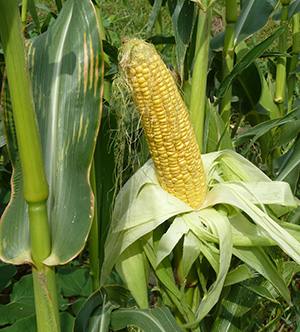
11. Pick Your Sweet Corn at Its Peak
Sweet corn might be ready to harvest. To pick at the peak of sweetness and flavor, harvest early in the morning when the sugar content is at its highest. Also the corn is ready to be picked when the silks have turned brown and drying up, and the ear feels full. You can peel back the husk on one ear to check the kernel size.
12. Monitor Plants for Heat Stress and Sunburn
If you see sunscald on your tomatoes or peppers, put up some shade cloth to protect from the intense sun. For any signs of heat stress, try giving your plants a little compost tea or kelp.
13. Feed Your Heavy Feeding Plants
Cucumbers, squash or corn will benefit from a feeding with a balanced fertilizer.
14. Pre-order Your Garlic
Garlic planting time will be here before you know it and now is the time to pre-order your garlic. Some varieties sell out quickly, so for the best selection, reserve your favorite variety.
15. Plant Some of Your Fall/Winter Harvest Seeds
Plant some seeds for your fall/winter garden. Veggies like turnips, beets, carrots, kale, greens, broccoli, radish or cabbage can be planted now for a fall or winter harvest.

